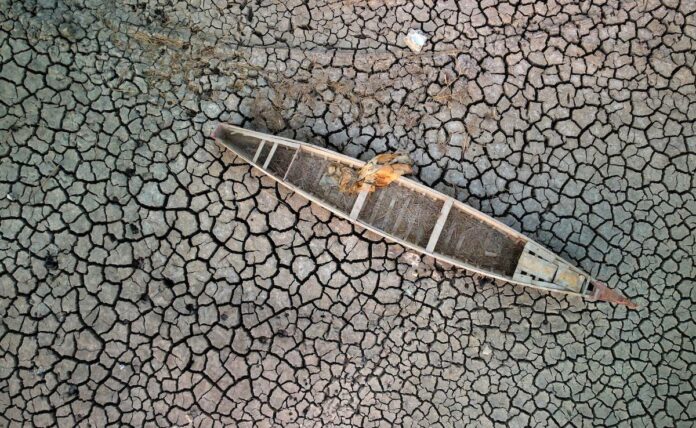Salim Abd al-Hasan Rasn – University of Al-Qadisiyah / College of Administration and Economics.
Nearly 40% of the land in Iraq, especially in the southern regions, is already suffering from desertification, with tens of thousands of acres turning into desert annually in the south of Iraq, near the marshes, and along the banks of the Euphrates River.
The drought-affected areas in southern Iraq serve as a warning to all regions of Iraq, as well as neighboring countries, that desertification and drought will gradually erode the soil.
The drought in southern Iraq leads to a decline in the actual value of the land and an increase in migration, especially in those areas close to river courses, including the Euphrates River. Additionally, it affects the educational level of children, women, and men by impacting the living standards of families, and potentially creating tribal conflicts, among other issues.
Swift actions by the Iraqi government include preferential policies and forcing farmers to use modern irrigation techniques that can solve a significant part of Iraq’s drought crisis.
Involving civil society in a national campaign, alongside all government institutions, civil and otherwise, and investing in the young generation as they are the foundation of the change theory about the value of water, the necessity of its conservation, and the rationalization of its use. This includes setting appropriate prices according to various usages and activating community advisory programs.
Supporting capacity building in the water sector, including the regulatory entities of water facilities to provide clean water, especially in communities severely affected by updating old infrastructure, implementing sustainable operations, reducing water wastage, and setting a price that reflects the value of water to minimize waste.
Iraq needs to stop the wastage of agricultural water through annual programs aimed at gradually reducing the use of water in agriculture from 70% currently to 30%, which is considered the optimal formula for investing in the water sector.
Supporting the improvement of nutrition among disadvantaged groups through community nutrition programs aimed at increasing the use of healthcare services and improving the levels of care as a response to the food crisis.











